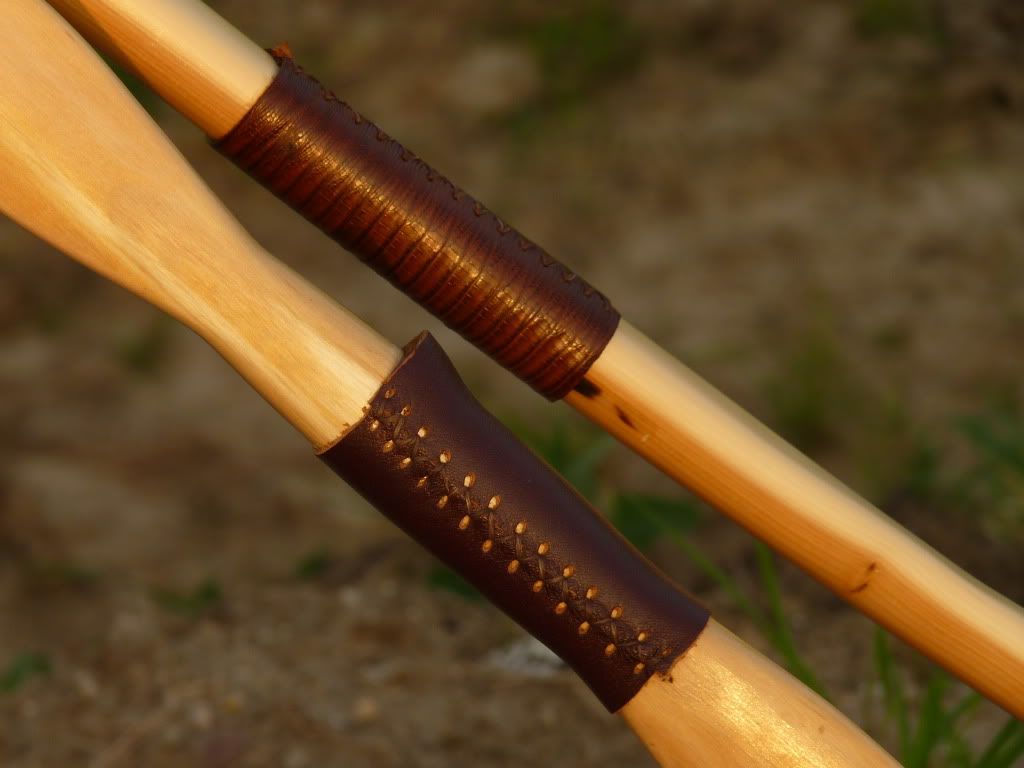Here's my latest creation; an English yew (
Taxus baccata) English longbow. It's nothing really spectacular, but very serviceable nonetheless. The yew came from a tree trimmer, and was probably grown somewhere in a garden. That means the wood had grown rapidly with maybe only 12 to 15 rings per inch. Although I do prefer slower growth yew, this bow comes to show that even the coursely grown yew is excellent for low- to mediumweight bows. I designed the bow accordingly, though. The wood is noticeably softer than high ringcount wood, so it's quite likely to dent as a hunting bow. But this bow is more of a targetbow with its fair length. The belly is left somewhat flattish. The stave came from a log about 10" across, so the back is pretty flat as well. I had to chase down a few rings of sapwood, since it was way too thick. The heartwood didn't faithfully follow a single ring, so the thickness of the sapwood varies a bit throughout the length of the stave.
The stave had some imperfections. One was a BIG knot on the edge of the stave. I could succesfully lay-out the bow past the knot, but the wood had to flow around the knot. That means there's a so called 'knot shadow' left in the upper limb. The knot itself is gone, but the wood that sweeps around the knot is still there. There's also a few longitudinal cracks in the belly. Since the log has been laying outside in the weather for a while, a few cracks had appeared around the pith. These cracks are small and don't run off the sides of the limbs. It's mostly discoloration what's left now.
To give the bow some nice personal touches, without losing the beauty of the piece of wood, I added fairly simple overlays of European olive wood (
Olea europea). The tips are fairly narrow, and the low mass of the tips (partly due to the low specific gravity of the wood) makes it a silent shooter. I also added a special leather handle. It's some kind of lizard skin! A friend of mine found a few old, tanned lizard skins in this grandfathers hourse. He gave them to me, and I decided a leather handle would be an excellent purpose for them. Since the leather was very thin, I glued it onto some thicker leather and then cut and stitched it.
I was initially aiming for a drawweight of about 45#. But when the tiller was perfect at about 45#26", I decided to leave her like this. She now shoots 51# with less than one inch of set, so that's just fine with me!
Stats:English longbow - selfbow.
English yew, olivewood tips overlays.
73" nock to nock length.
51#@28"
And the pictures of course!
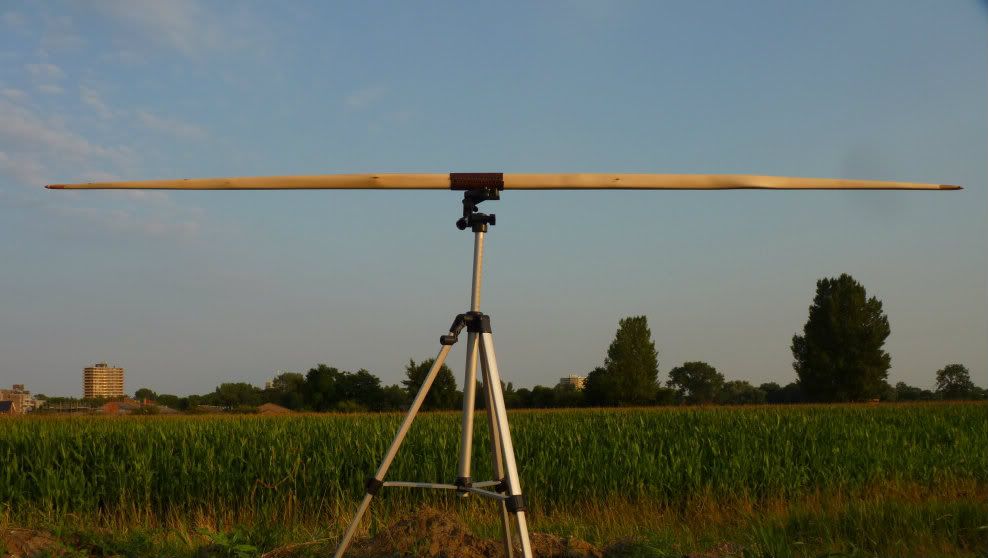
Front profile.
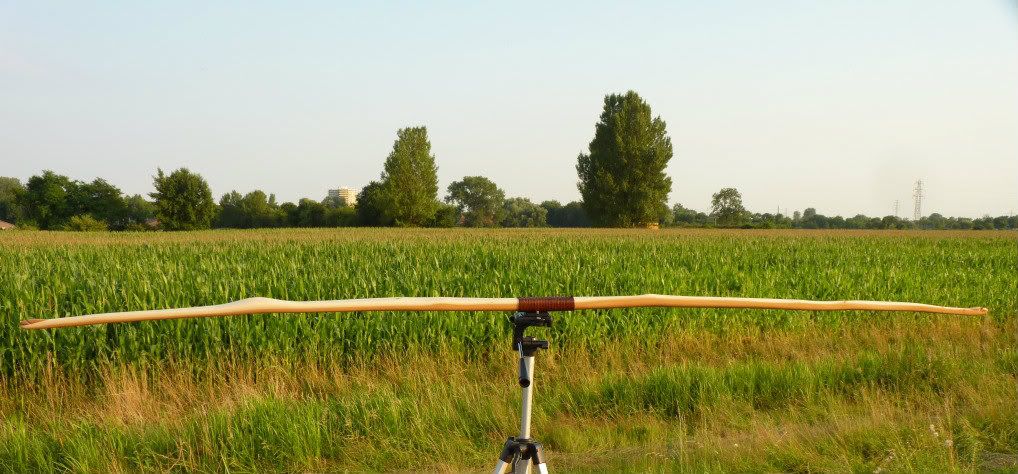
Unbraced side profile.
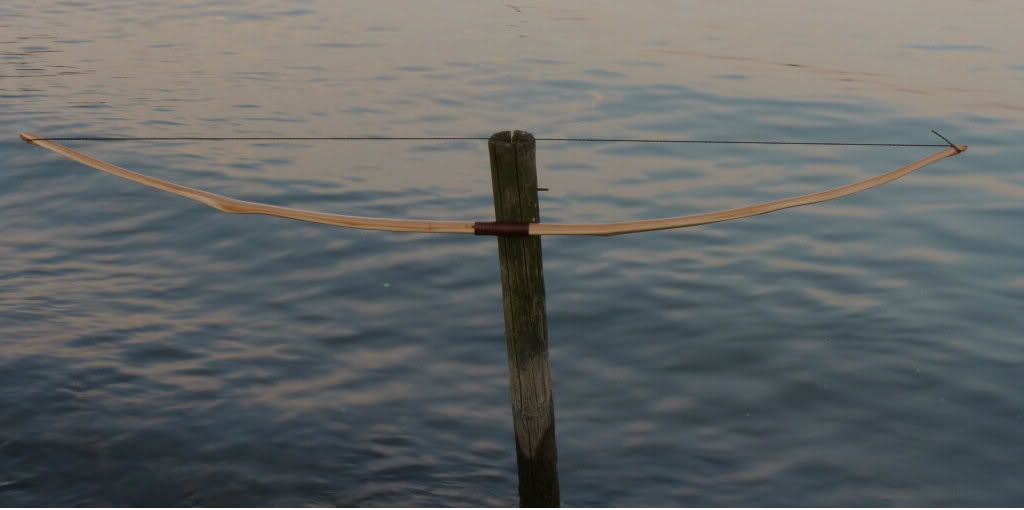
Strung.
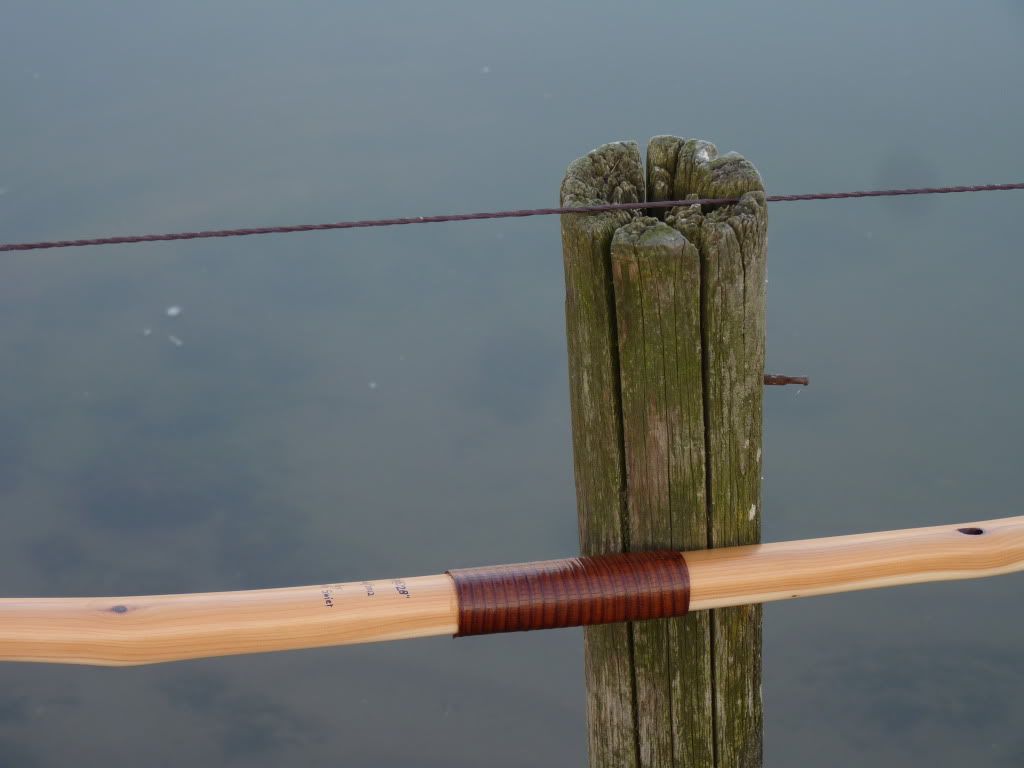
There's also a small hole in the upper limb, that doesn't go through and through.

A pic along with my other recent bow, a black locust flatbow.

Full draw.
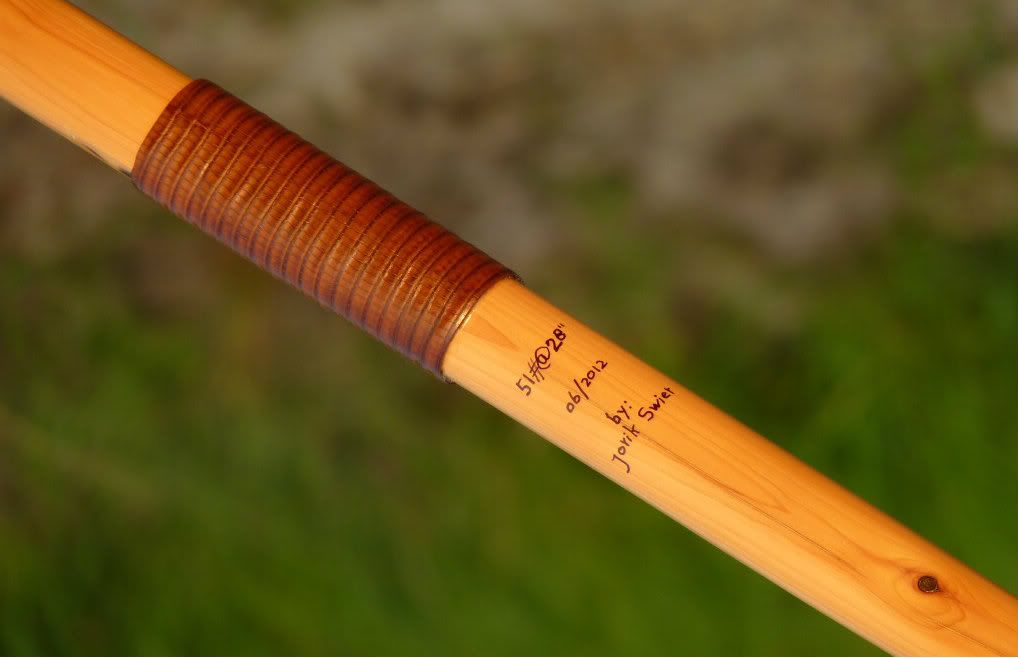
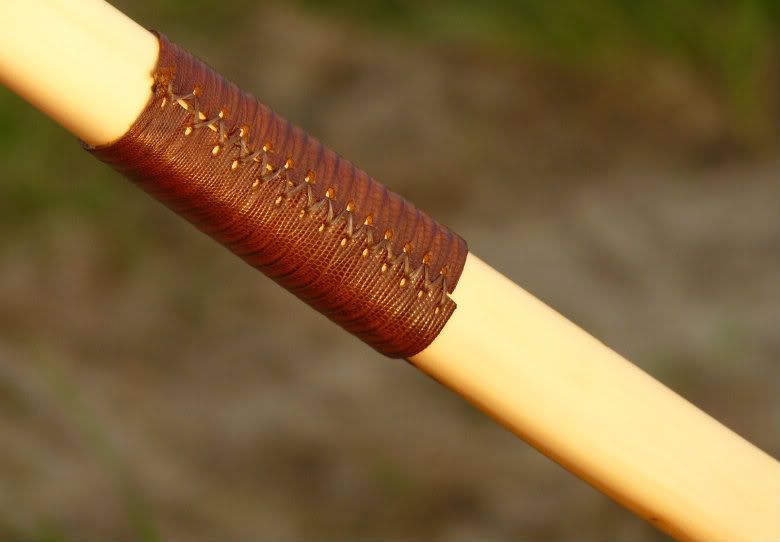
The lizard skin handle.
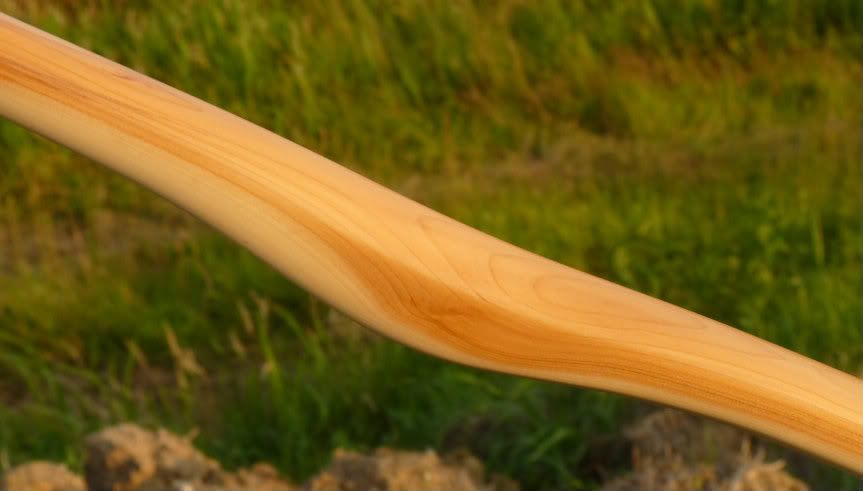
A close-up of the knot shadow in the upper limb.

Tips. The upper tip is again the black locust flatbow.
